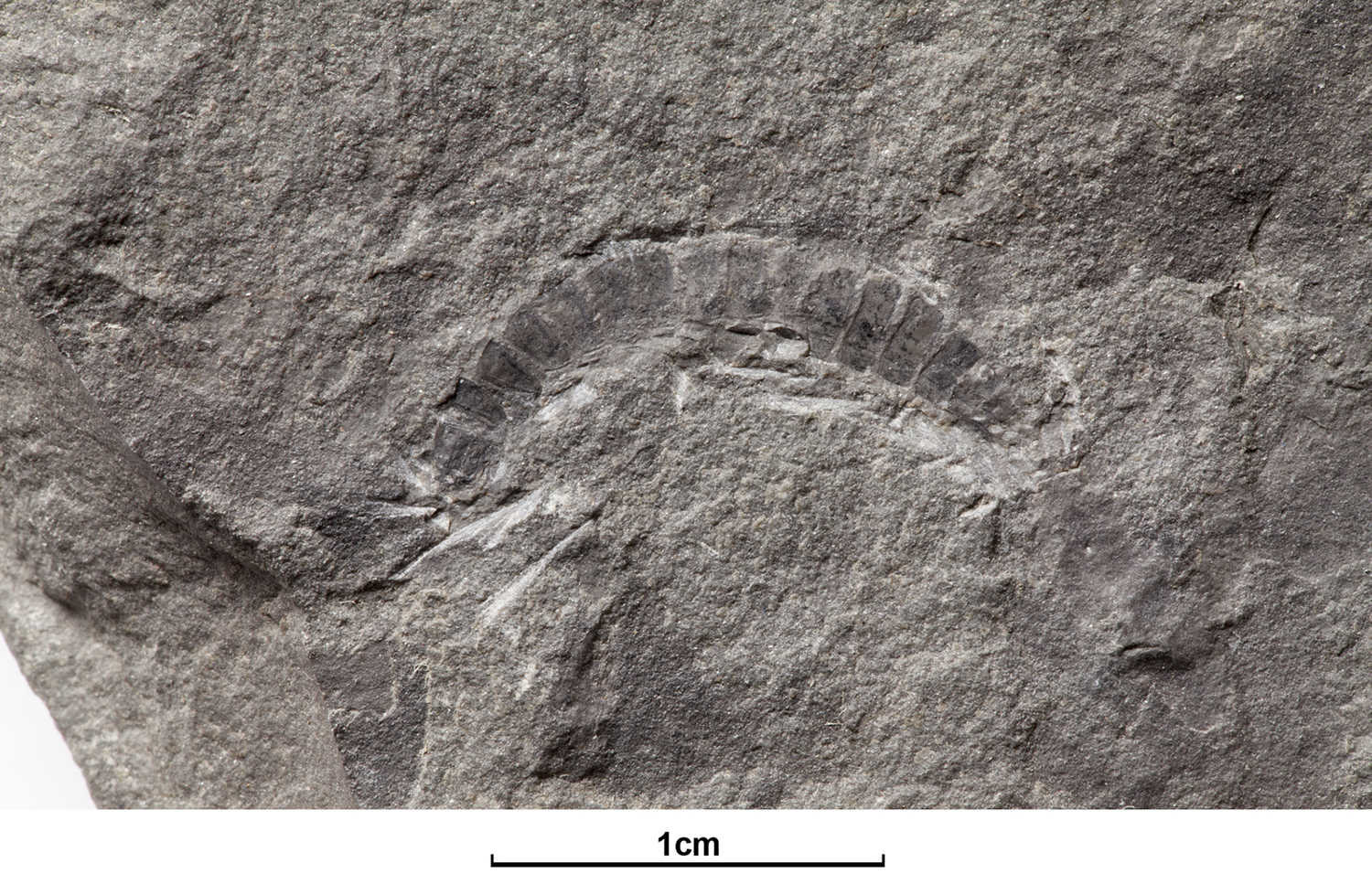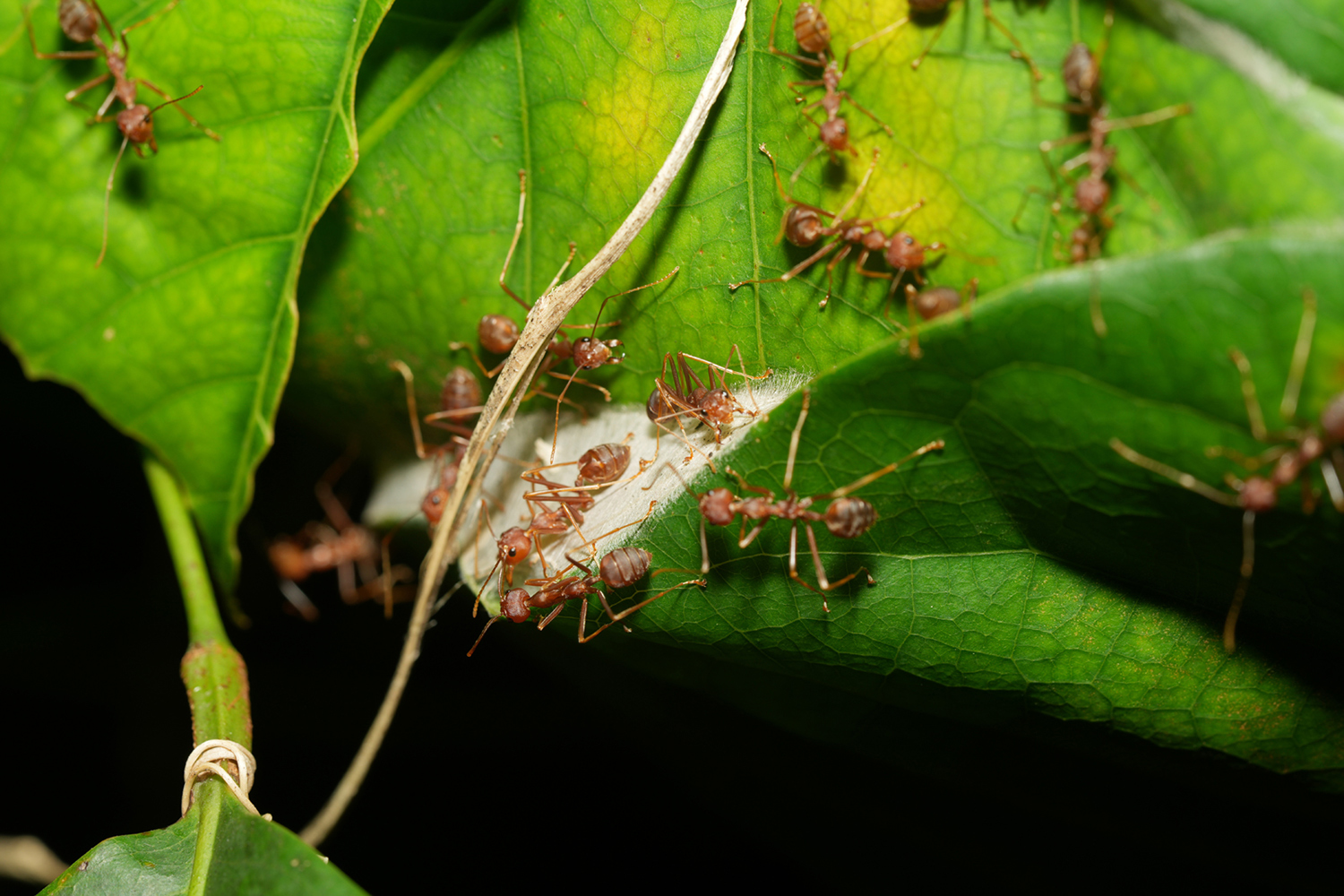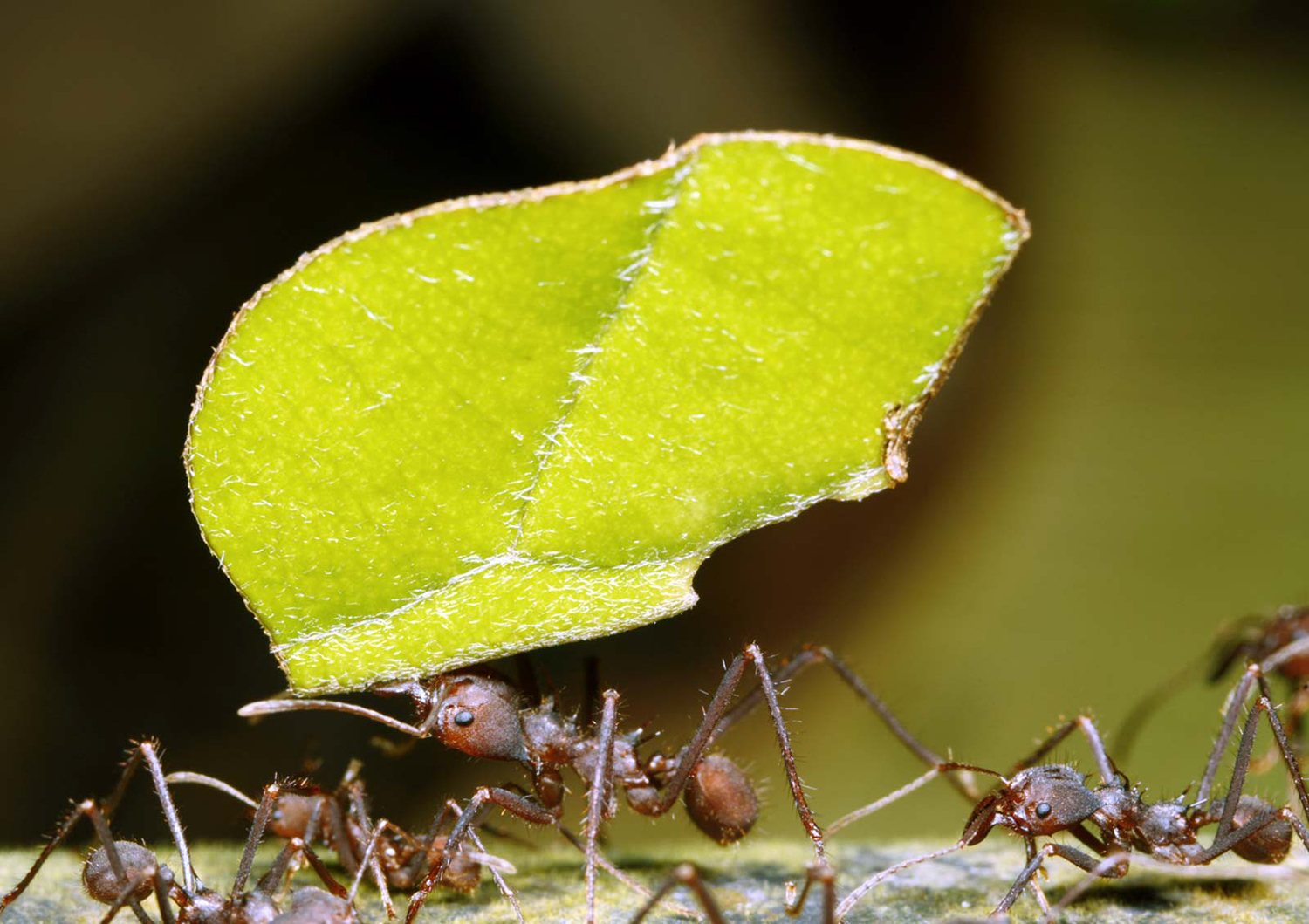Found: Oldest Ant Fossil Ever!
Scientists have discovered the fossil of an ant that lived in Brazil about 113 million years ago.

Courtesy of Anderson Lepeco/Current Biology
This fossil of an ancient ant is 113 million years old!
Humans didn’t exist when dinosaurs roamed Earth, but ants did. And a newly discovered fossil shows that ants existed longer ago than scientists realized.
Anderson Lepeco, a researcher at the Museum of Zoology of the University of São Paulo in Brazil, found the ant fossil in the museum’s fossil collection in September 2024. The insect was alive in what is now Brazil about 113 million years ago. That makes it the oldest ant fossil ever found—about 13 million years older than any other known ant fossils. Scientists have named this species Vulcanidris cratensis.
The insect was a member of a subfamily of ants called Haidomyrmecinae, also known as “hell ants.” About the size of a U.S. penny, it had six legs and veiny wings. But its jaws were very different from the jaws of modern ants. Modern ants’ jaws move side to side. Vulcanidris cratensis had jaws that moved up and down. These ants, which hunted other insects, may have used their jaws to stab their prey!
“[The jaws] could have worked as a kind of forklift, moving upwards,” Lepeco told CNN.
Scientists say the discovery helps them understand more about how ants evolved to be so common and widespread in most parts of the world. Today’s ants are found on every continent except Antarctica, but until now, scientists had found prehistoric ant fossils only in parts of Europe and Asia. Discovering the Brazilian fossil has made them realize that ants were widespread earlier than they thought.
Corrie Moreau, an entomologist (insect expert) at Cornell University in New York, says the discovery has changed the story of the ant.
“A single fossil can reframe how we understand the history of an entire group of organisms,” she told Science.








